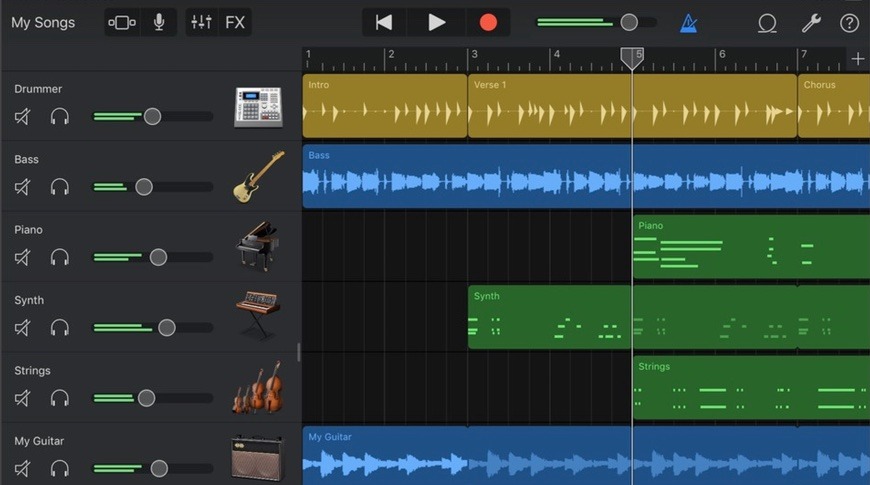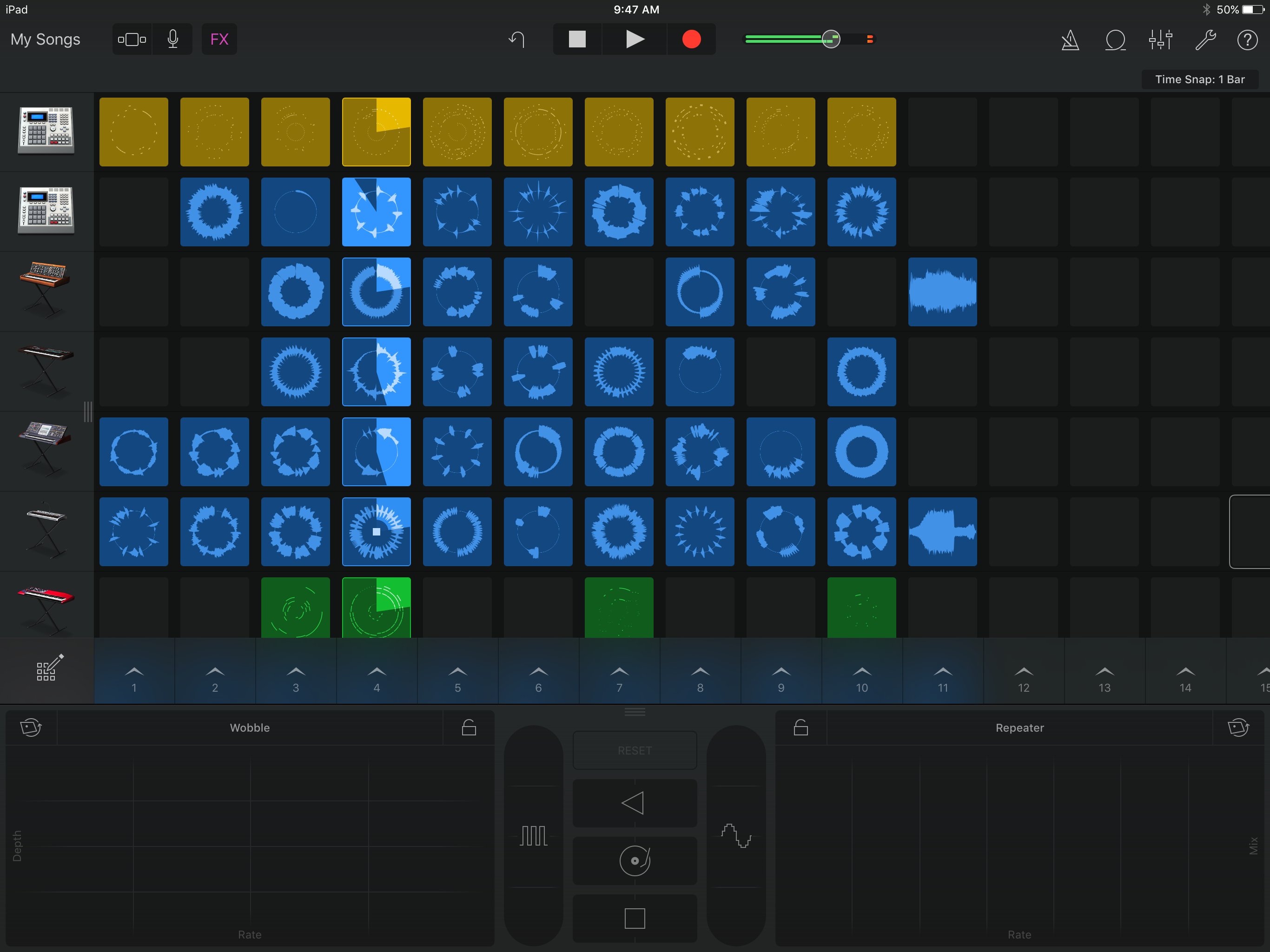

the type of obviously artificial notes often heard in EDM) are made from code and tweaked by code “real” sounds have to be recorded in a drop-dead-silent studio setting, dozens of times, then pieced together like patchwork to form single perfect notes, one by one. In the first media visit Apple has ever allowed to its under-the-radar Music Apps studio, the team of engineers showed Rolling Stone how the creation process for Garageband’s two types of sounds - synthetic and “real” - can span weeks or sometimes months per instrument, with new hurdles at every turn. He leads the half-dozen members of the team, which spends its days musing the practical (What model of electric guitar should be used to make guitar sounds for Garageband?), the scrupulous (How should a guitar string sound if an iPad screen is flicked with moderate versus moderate-to-extreme force?) and the philosophical (Can the haunting, physically resonant linger of an electric minor third be reproduced in a non-physical plane? Why or why not?). Gerhard Lengeling joined Apple 17 years ago when Apple bought his company Emagic to build the backbone of Garageband and its sister program Logic. Tucked away in a much more traditional, unmarked building a few minutes’ shuttle ride away - all-glass walls here turn into solid brick and thick, soundproof foam padding - is the windowless studio where a small group of sound engineers decides how musical instruments can possibly be played with a computer.

Sprawling 175 acres and 2.8 million square feet in the suburbs of Cupertino, California, is the recognizable glass spaceship known as Apple Park, the official global headquarters of Apple Inc, housing 12,000 employees on four immense, rotund floors. “It’s funny - we re-recorded that intro section with strings and horns, but we ended up using a lot of my Garageband stuff,” Stump says.

For Fall Out Boy’s 2007 “Thnks fr th Mmrs,” Stump and his bandmates decided they actually liked the sound of the app’s virtual instruments more than real ones they tried in a studio.
#GARAGEBAND IOS FREE#
Vincent, Rihanna, Duran Duran and Usher are among artists who’ve all released music using Garageband’s suite of free sounds or audio loops. “The Hand That Feeds,” a Nine Inch Nails anthem, came out as a Garageband project file for fans to play around with on their own computers that same year Radiohead offered up the same idea with “Nude” in 2008. T-Pain, in 2005, made his whole first album Rappa Ternt Sanga with the Garageband app on his laptop. Producer Oak Felder, who’s worked with artists like Ariana Grande, Usher and Alicia Keys, says Garageband has made collaboration much easier by allowing even the most tech-unsavvy people to explain their ideas with self-cut tracks, rather than with an abstract tangle of words.įor better or worse, Garageband lets anyone from a veteran sound engineer to a novice teenager cut a track that’s professional-sounding enough to make it directly onto the radio - which it often does. Or I can write a song from start to finish in a couple of hours.” Other “digital audio workstation” apps that also splashed onto the scene in the 2000s tech boom, such as Pro-Tools, Ableton and Fruity Loops Studio, are often dismissed as intimidating or time-consuming, especially when compared to the bare, intuitive and friendly interface that’s become a signature of Apple design.

“I can quickly get something out of my head. “It allows you to not be constrained by what you can or can’t play,” Dan Smith, frontman of British band Bastille, tells Rolling Stone. Artists from Radiohead to Kendrick Lamar have used the app to demo, produce and sometimes even finalize master recordings. Musicians’ applause for Apple’s Garageband - which celebrates its 15th birthday this year, humbly, still living in the media shadow of many of the tech giant’s more glittering products - is similar across genres and skill levels.


 0 kommentar(er)
0 kommentar(er)
